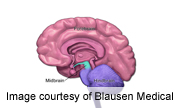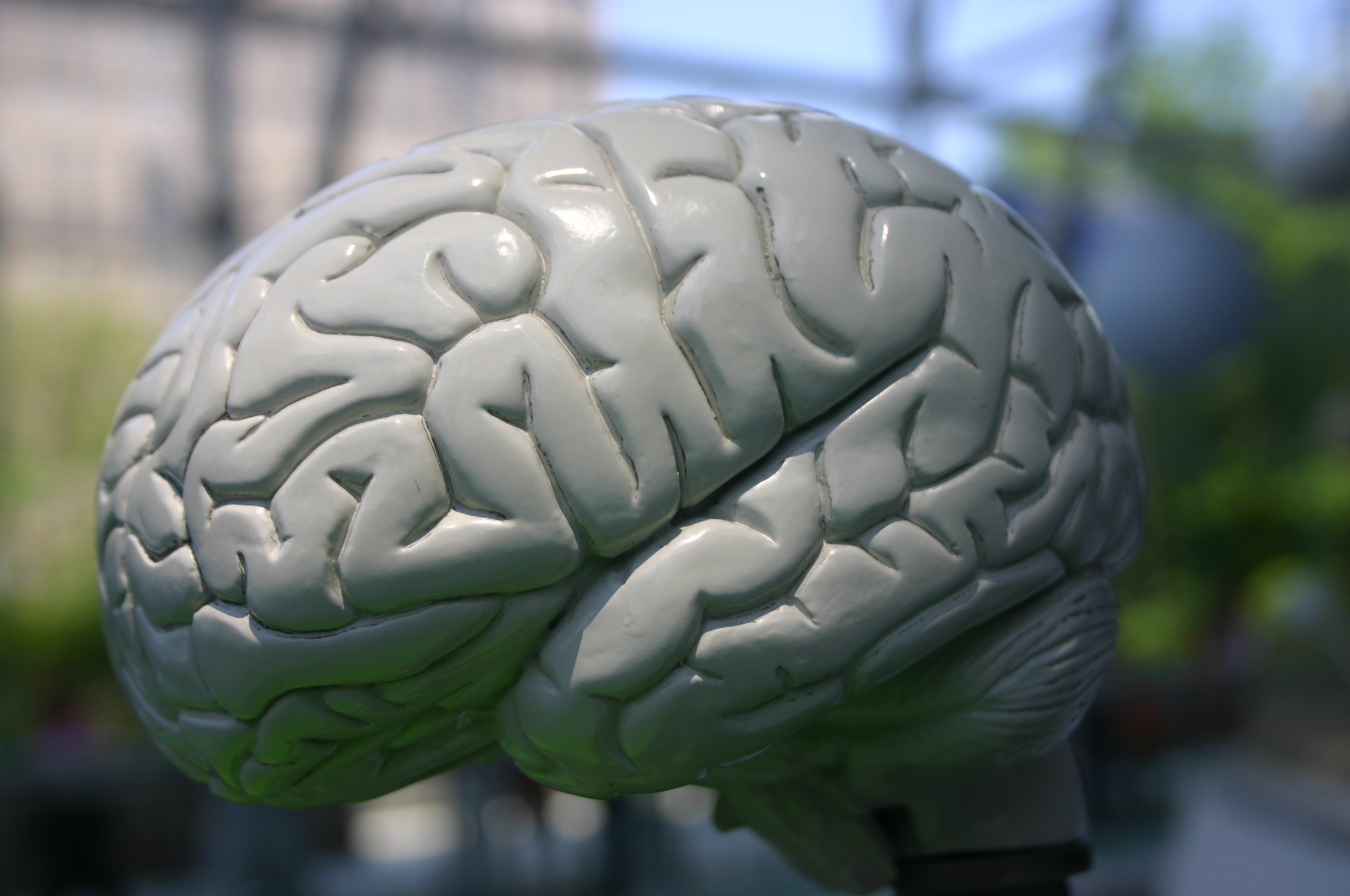
WEDNESDAY, Feb. 6 (HealthDay News) — Treating major depression safely and affordably is a challenge. Now, Brazilian researchers have found that two techniques often used individually produce better results when used together.
The researchers paired the antidepressant Zoloft (sertraline) and a type of noninvasive brain stimulation called transcranial direct current stimulation (tDCS) to treat people with moderate to severe symptoms of major depression.
Transcranial direct current stimulation appears to be just as effective a treatment as Zoloft, but the two together are even more effective, said lead researcher Dr. Andre Russowsky Brunoni, from the Clinical Research Center at University Hospital of the University of Sao Paulo.
This painless treatment uses a low-intensity electrical current to stimulate specific parts of the brain. Previously, it has been tested for various conditions, such as stroke, anxiety, pain and Parkinson’s disease, the researchers said.
Dr. Sarah Hollingsworth Lisanby, chair of the department of psychiatry and behavioral sciences at Duke University School of Medicine, is enthusiastic about the findings.
Lisanby said the advent of technologies such as noninvasive brain stimulation is “one of the exciting new developments” in treating depression.
Transcranial direct current stimulation is one of a family of approaches that uses electrical or magnetic fields to stimulate the brain to alter brain function, she said.
“These techniques offer great promise for people with depression, because we know, unfortunately, medications aren’t always effective, and psychotherapy isn’t always effective, so having effective alternatives is important,” Lisanby said.
She noted the current study’s two-pronged approach addresses both aspects of brain action. The drug affects the chemical aspects of brain function, while the electrical stimulation targets the brain’s electrical activity.
“Because the brain is an electro/chemical organ, using both electrical and chemical approaches to treat it makes intuitive sense,” she said.
For the report, published online Feb. 6 in JAMA Psychiatry, Brunoni’s team divided 120 patients with major depression who had never taken antidepressants to take Zoloft or an inactive placebo every day with or without electrical brain stimulation, or with sham stimulation.
After six weeks of treatment, Brunoni’s group found depression significantly improved among patients receiving Zoloft or electrical brain stimulation. However, the biggest gain was seen in those who received both therapies. To gauge improvement, the researchers used the Montgomery-Asberg depression rating scale.
Overall, the patients received 12 half-hour brain stimulation sessions over six weeks.
Side effects from brain stimulation usually are mild and include itching, scratching and redness on the stimulated area, Brunoni said.
However, the combination treatment was associated with more cases of mania after treatment, he said. “Although we could not rule out whether this association was spurious, other studies should investigate this issue,” Brunoni said.
Brain stimulation alone could be useful for patients who can’t take psychiatric drugs, he said. And the devices that deliver the treatment are relatively affordable, the authors noted.
Brunoni hopes this study will stimulate additional trials using this approach. “If other studies are also positive, tDCS might be a clinical therapy in the future,” he said.
People suffering from major depression usually need lifetime treatment, he added. If these study results pan out, this could mean taking antidepressants daily and undergoing weekly sessions of brain stimulation for optimal relief, he said.
Another expert said brain stimulation looks “very promising” as an emerging new treatment for depression. “The safety profile is excellent,” said Dr. Colleen Loo, a professor in the School of Psychiatry at the University of New South Wales in Australia. “It is a very mild form of brain stimulation, no risk of seizures, does not impair thinking and may in fact improve thinking,” she said.
Currently, tDCS is not approved by the U.S. Food and Drug Administration to treat any condition, Lisanby said.
However, another noninvasive, brain-stimulating technique is FDA-approved and clinically available, she said. That technique — called transcranial magnetic stimulation (tMS) — uses a magnetic field to induce electrical changes within the brain.
Other potential treatments for depression that are undergoing testing include vagus nerve stimulation (this is the nerve running from the brain to deep in the belly) and deep brain stimulation, she said.
More information
For more information on depression, visit the U.S. National Institute of Mental Health.

